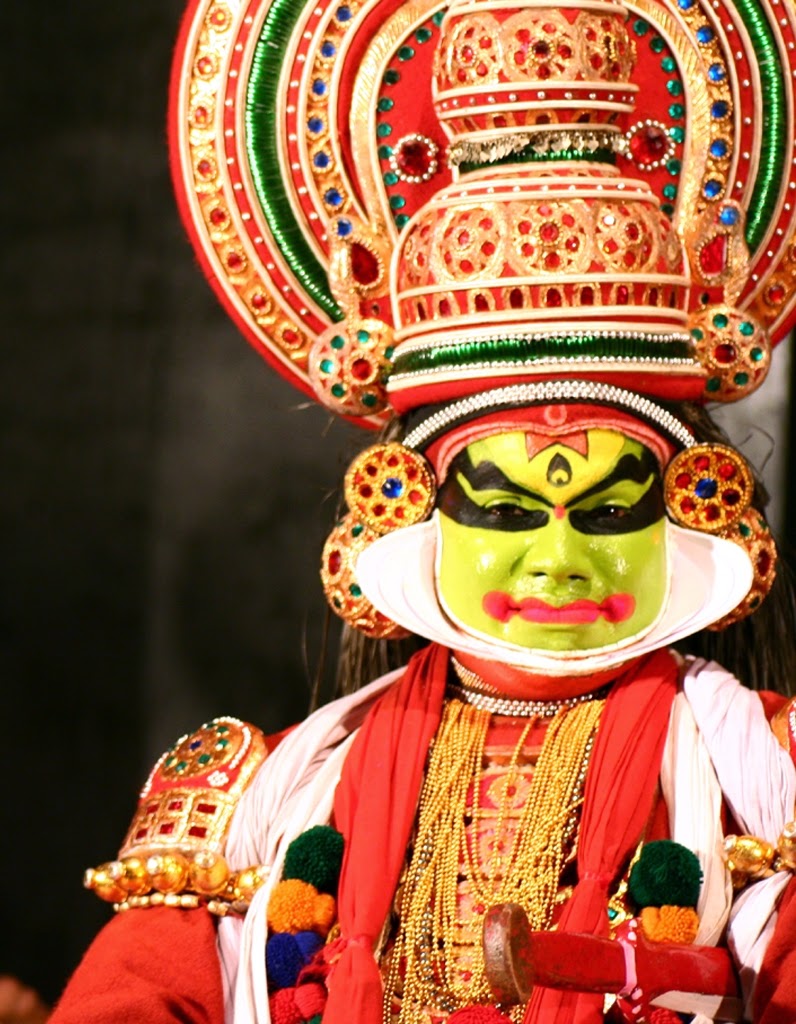Kerala is land of fascinating and colorful folk dances. There are more than a hundred famous folk dances in Kerala with different themes.The folk dances of Kerala are closely related with life of common man.
Each state is associated with some form of folk and tribal art forms exhibiting its culture. Kerala includes numerous colourful folk dances.Nadodi means tribal people or nomads who dress entirely different from normal people. Nritham means dance. So nadodi nritham is an art form performed in the costume of tribes and villagers.
Nadodi often perform different art items as a part of their celebrations and happiness. They carry some strange instruments as well as equipments. They are not much civilized till now. That’s the reason why, when this folk item is performed on stage, participants wear colourful dresses, big bindi, thick eye brows and heavy make up. They wear glass bangles and anklets with bells.


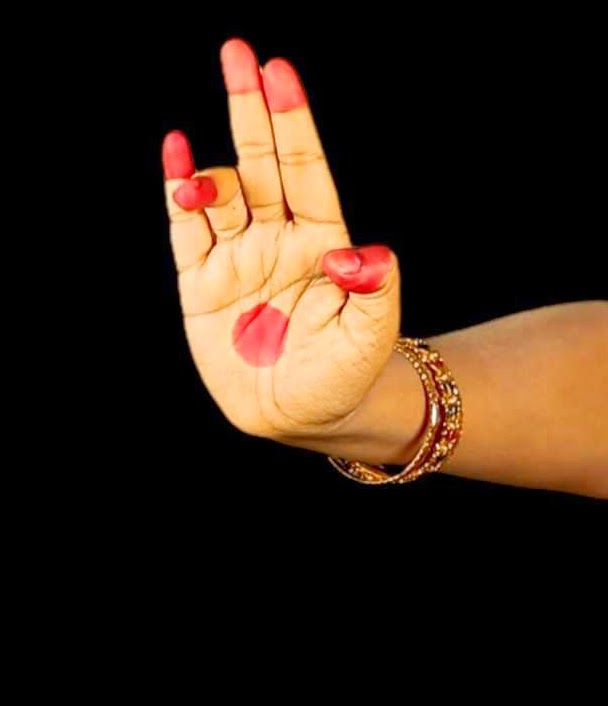



.jpg)

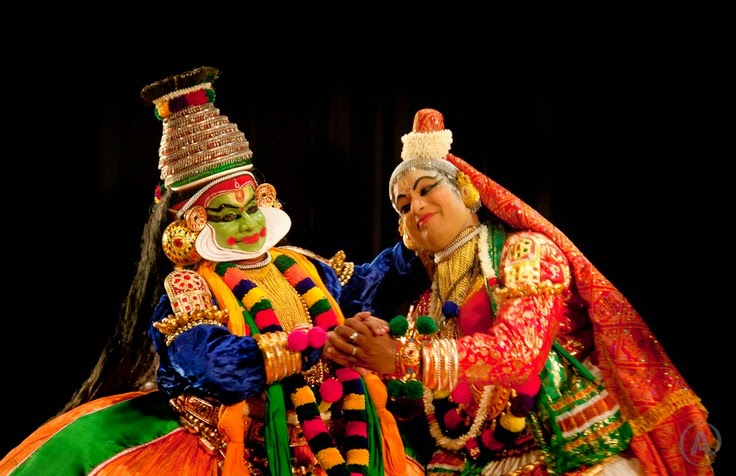





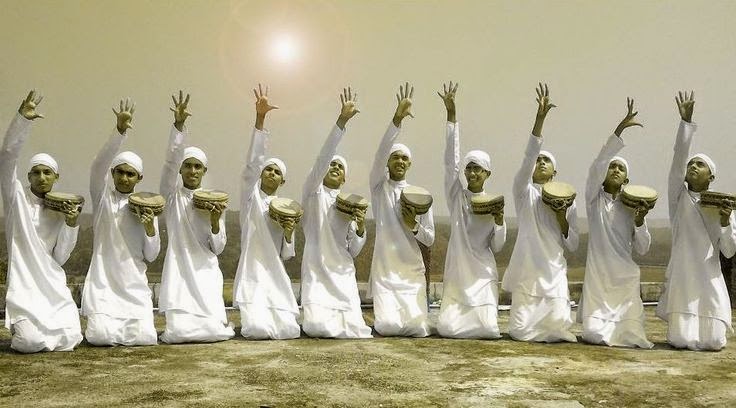


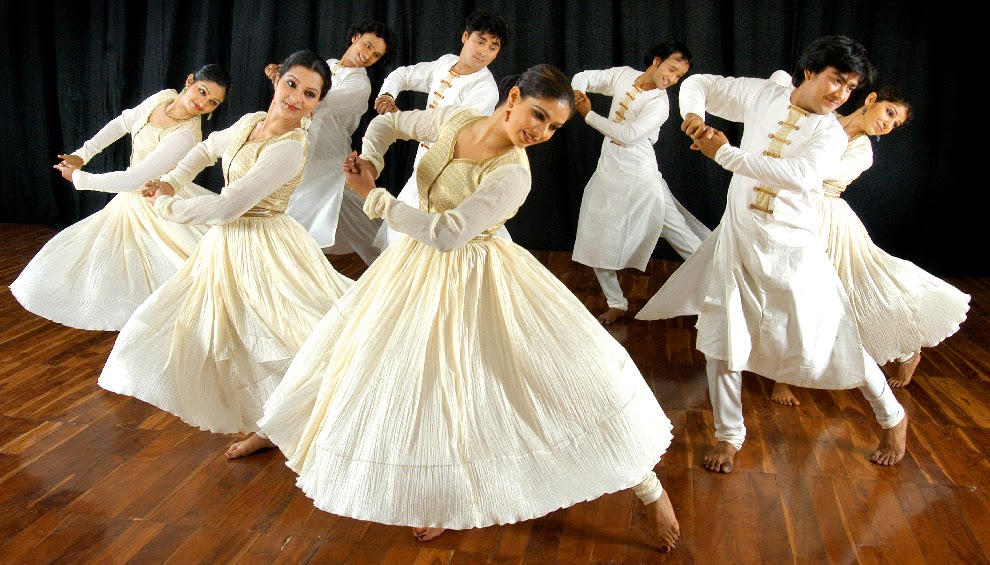-s.jpg)
